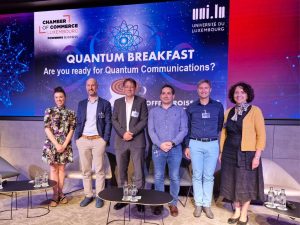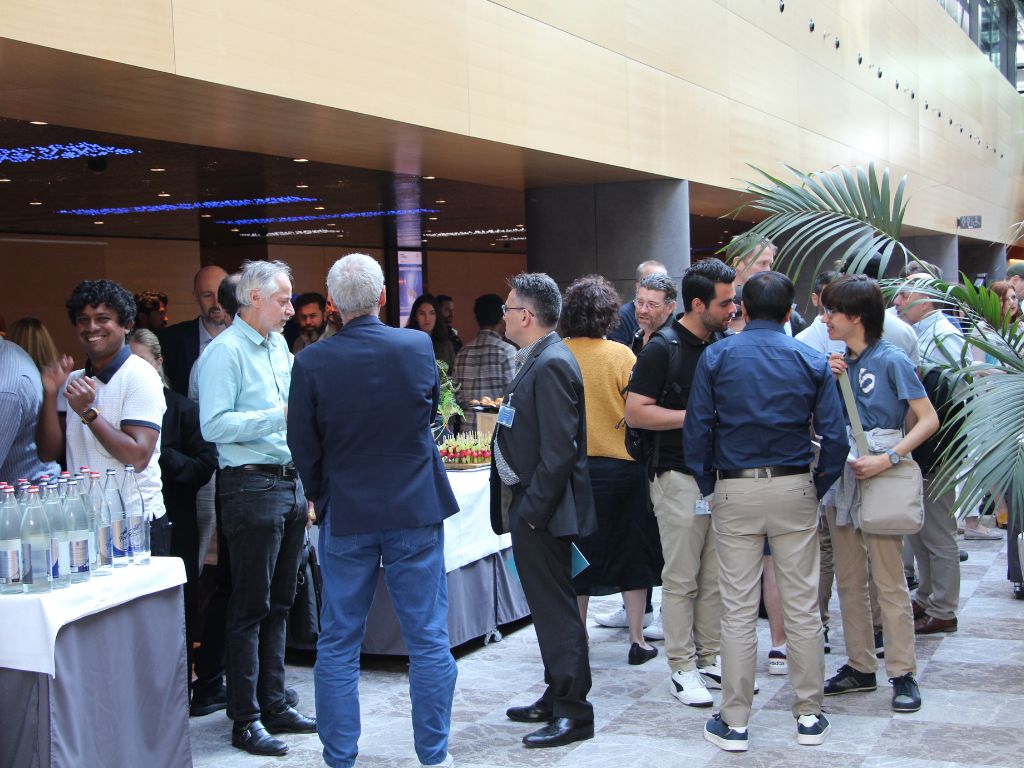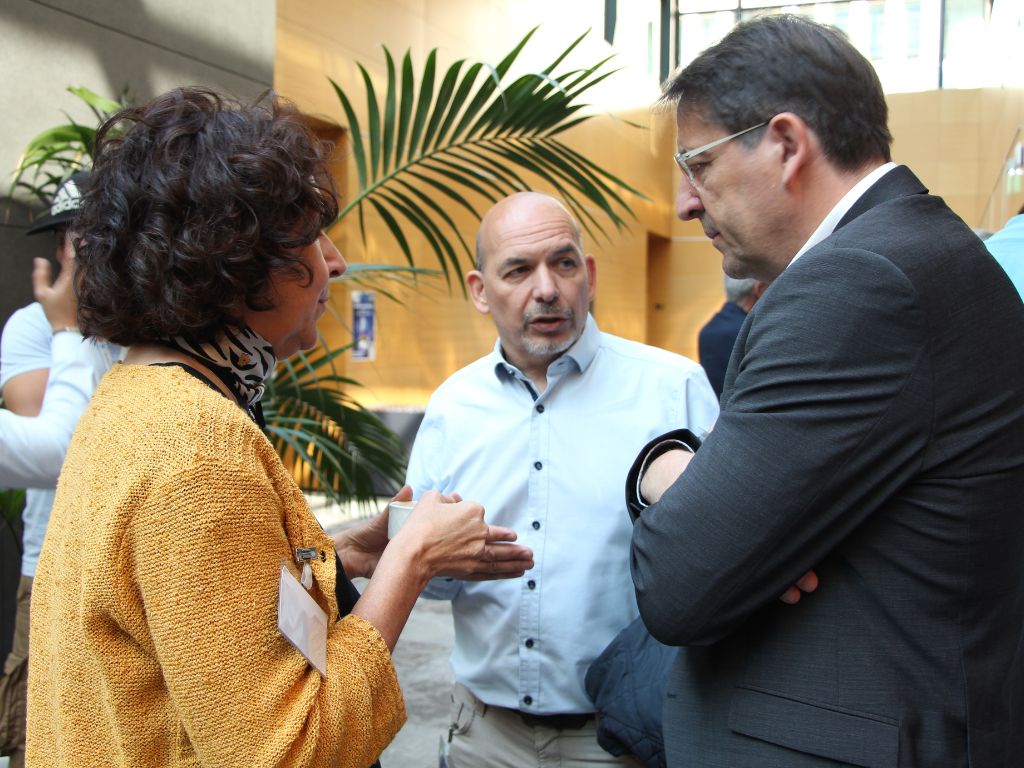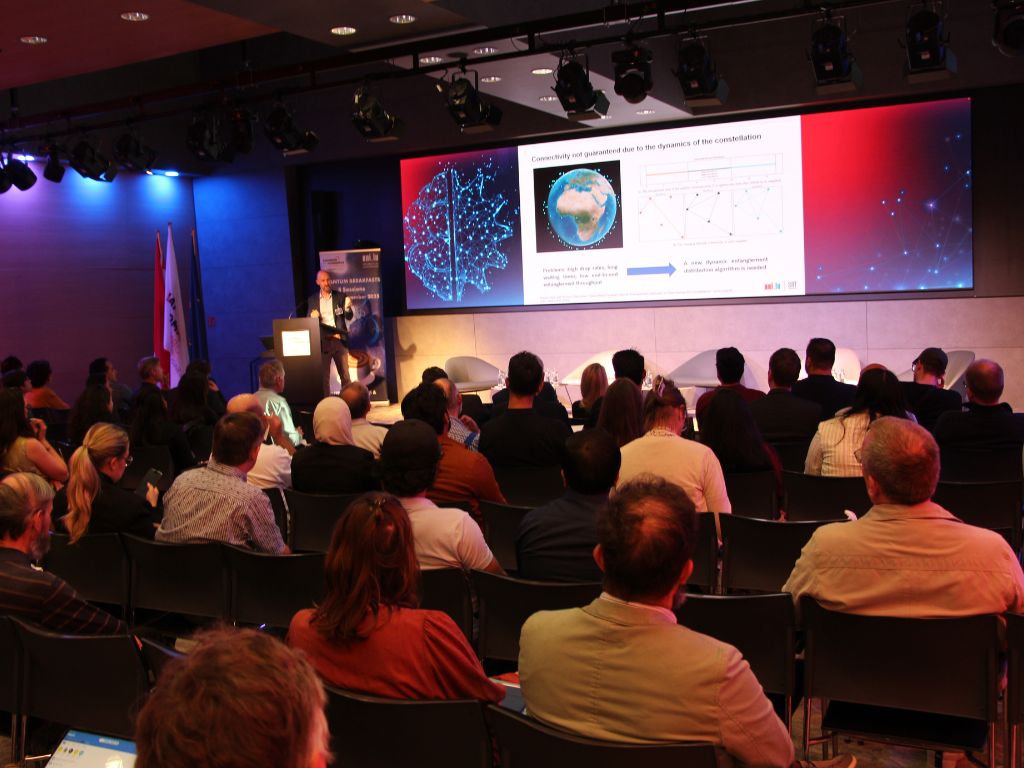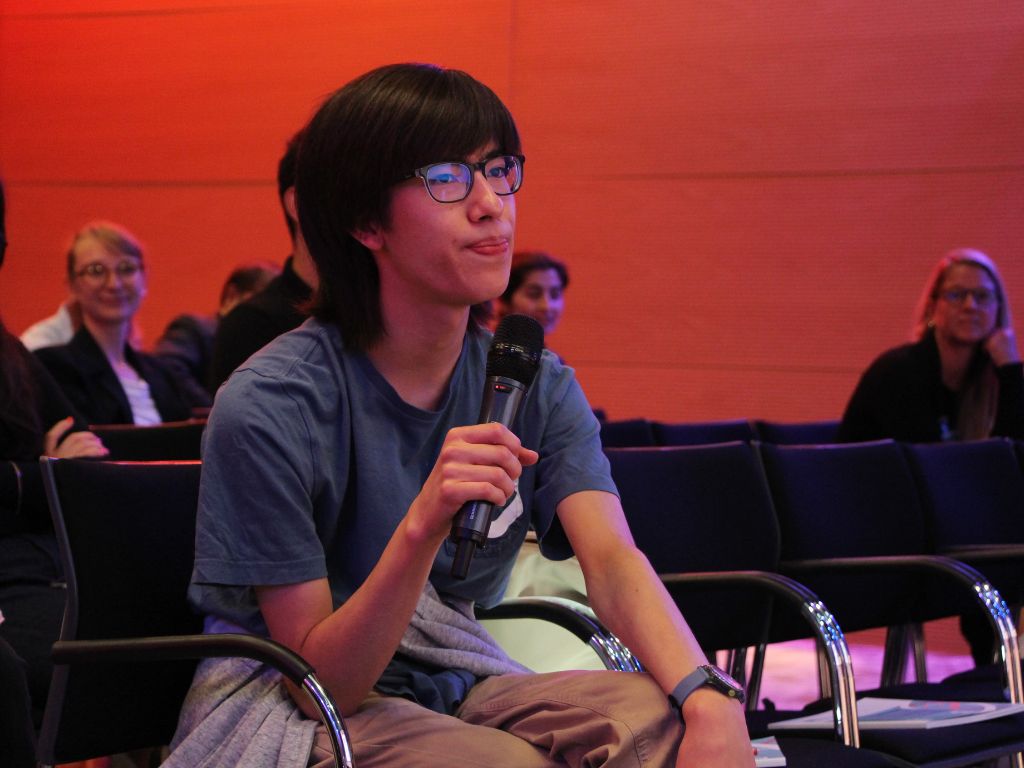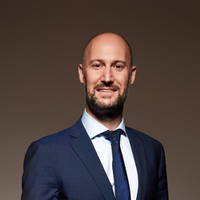What if protecting our future meant getting back to basics? As coding and data science dominate today’s study trends, the next tech leap may lie in taking a step back to basics like physics and quantum.
In quantum technology, core subjects like physics could hold the key to building the most secure communication systems yet. This shift to quantum communications was centre stage at the University of Luxembourg’s second Quantum Breakfast event, held in partnership with the Chambre de Commerce. Titled “Are you ready for Quantum Communications?” the event brought together experts from government, research, and industry including speakers from SES, Luxinnovation, and the University of Luxembourg (Uni.lu). Together, they explained how Luxembourg is preparing to secure its digital sovereignty, aka independence, through quantum communication.
If the first Quantum Breakfast explored what quantum algorithms could do, this second session was all about how we’ll communicate through quantum and keep related capabilities safe.
What is quantum communication?
We’re used to thinking of secure communication as a software issue: passwords, encryption, two-factor logins. But these traditional tools are built on mathematical complexity, and quantum computers will eventually crack them. In fact, some experts estimate that by 2030, quantum computers may be powerful enough to decrypt today’s most advanced codes.
That’s where quantum communication comes in. Rather than relying on hard-to-solve math problems, quantum communication uses the laws of physics to protect information. One key principle is quantum key distribution (QKD). QKD allows two people to share an encryption key using entangled particles – like photons – that instantly affect one another, even across great distances.
If someone tries to intercept the key, the quantum state changes, and the intrusion is immediately detectable. This makes eavesdropping physically impossible without detection. Unlike conventional encryption, which can be broken with enough time and power, quantum-secured communications are “tamper-evident” (meaning any attempt to intercept them is detectable from the start).
As SnT Professor Symeon Chatzinotas explained, “We can’t store or regenerate quantum information yet, but quantum key distribution lets us create a bridge – an exchange of keys – between different points. It’s a foundational step.”
Why does this matter now?
Because the threats are no longer hypothetical.
Data collected today – such as medical records or financial data – can be decrypted later when quantum machines catch up. Governments, hospitals, and financial institutions need quantum-safe systems now, even before the full threat arrives. That’s why the EU is investing heavily in initiatives like Lux4QCI and Eagle-1, two strategic projects to test and deploy QKD technologies via terrestrial and space-based networks.
From a defence and sovereignty perspective, this is no longer a niche science. Mario Grotz, CEO of Luxinnovation, noted that Europe may be spending roughly the same as China on quantum technologies, but the European continent’s investments are more fragmented. “Leadership and strategy are critical,” he stressed. “We need to align funding mechanisms and ensure that our sovereignty and security are protected.”
That sentiment echoed throughout the event. “Quantum communication is a pillar of Europe’s digital independence,” said Marie-Hélène Jobin, Vice Rector for Partnerships and International relations at Uni.lu.
‟ “This is about protecting critical infrastructure and being able to defend and respond.”
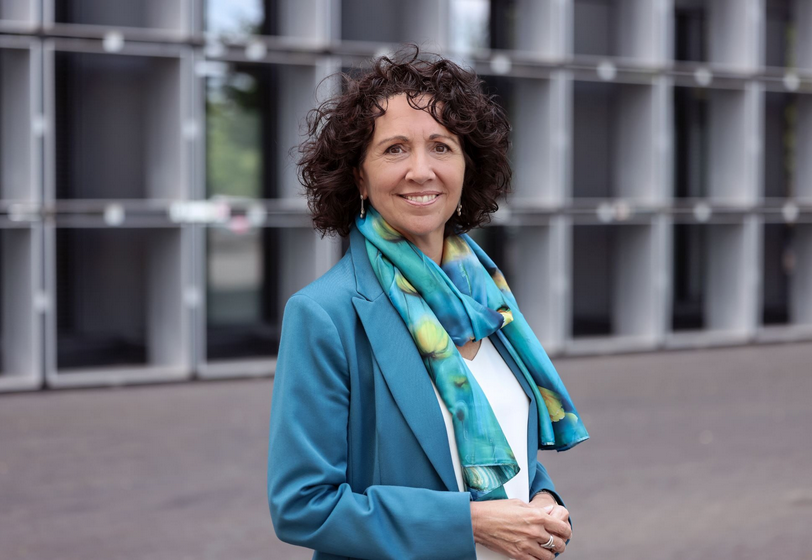
Vice Rector for Partnerships and International Relations at Uni.lu
Hybrid solutions: two layers of quantum security
So what does quantum-secure communication look like in practice?
According to Nikolaos Ballas and Pierre Muller of SES, the most promising approach is a hybrid system combining both QKD and post-quantum cryptography (PQC) – a newer form of classical encryption designed to withstand quantum attacks.
“We need both,” said Ballas. “PQC is easier to deploy now, while QKD offers a fundamentally new layer of protection. Together, they create a more resilient architecture.”
Space-based communications are especially important in this mix. Satellites expand the reach of QKD, overcoming distance limitations and connecting remote systems across the globe. The Eagle-1 mission, for instance, is testing European interoperability by generating and distributing quantum keys from space.
But there’s still much to solve – from dynamic entanglement distribution algorithms to thermal management in satellites. “We’re just at the beginning,” Muller noted. “Long-term, we’ll need quantum memory and quantum repeaters to go beyond just sending keys. That’s when we’ll start exchanging full quantum information.”
What role does Luxembourg play?
Once again, Luxembourg is positioning itself as a testbed for quantum innovation, leveraging its compact ecosystem, national strategy, and industry-research partnerships.
From sovereign cloud procurement and digital infrastructure to a planned quantum computer hosted alongside the MeluXina HPC, the country is investing across the entire tech stack. Just like at the first Quantum Breakfast, the emphasis was on building bridges – between classical and quantum, between research and real-world applications, and between local talent and global relevance.
As Chatzinotas explained, “Quantum computing, sensing, and communications are the three pillars. When we interconnect these, we unlock advanced capabilities.”
Indeed, Luxembourg’s ability to interconnect – between industry such as SES, public research, and EU-wide projects – gives it strategic leverage. “Talent attracts talent, and excellence attracts excellence,” contributed one audience participant.
‟ We must write our own story – as a federation of European states – not just follow the US and China”
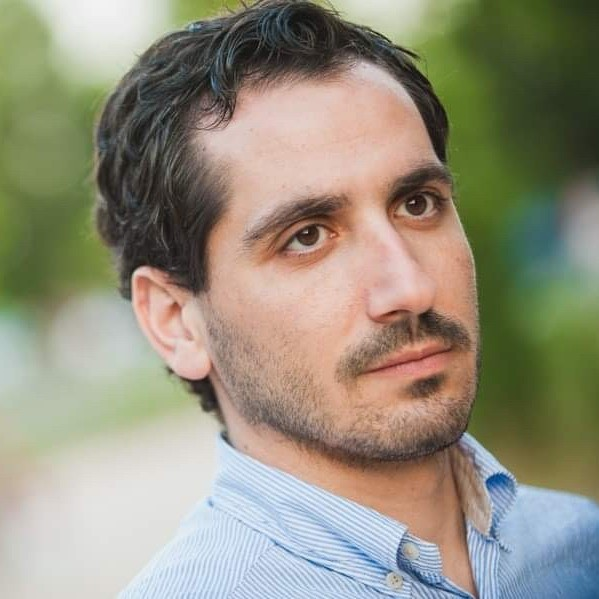
Head of Software Engineering, SES
A new kind of talent war
One of the most intriguing threads of the morning was the call to reimagine education and talent development.
With quantum technologies advancing quickly, traditional tech training isn’t enough. Engineers now need to understand quantum mechanics, and physicists need to collaborate across domains – from software to satellites.
This marks a full-circle moment in the tech world. For decades, pure science degrees were seen as theoretical. Now, quantum talent is in demand across industry – Intel, AMD, SES, and others are hiring researchers with deep roots in physics and applied mathematics.
It also opens the door for new educational initiatives in Luxembourg. The University of Luxembourg offers education in quantum alongside its quantum research activities.
As Vice Rector Marie-Hélène Jobin aptly summed up the morning’s urgency: “Quantum is a race – and the speed is that of a sprint.”
Join the next Quantum Breakfast!
With technology this transformative and critical yet complex, making it accessible and understandable to the general public is crucial. This is the driving purpose behind the 2025 Quantum Breakfasts. These events are about connecting the dots between research, industry, and national strategy. To build on this, the next Quantum Breakfast will take place on 18 September 2025 at the Chambre de Commerce, shining a spotlight on Quantum Computing.
